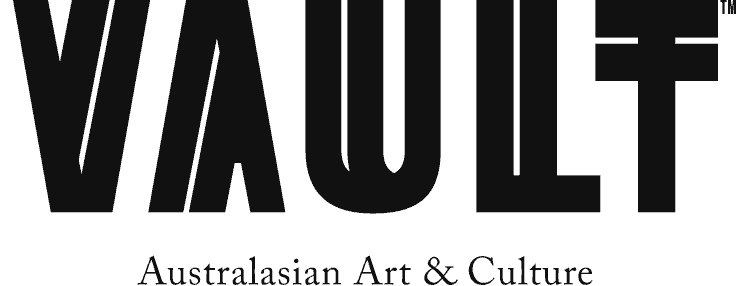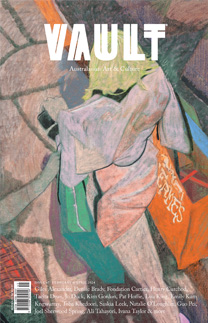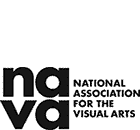Cats of the
Art World
From the docile tabbies that haunt Renaissance frescos to the inscrutable felines that slink through contemporary paintings, cats maintain an ongoing presence in art. VAULT finds out more.
The cat is a polarising figure. Pitted against its canine counterpart, it has long been used by HR departments and dating websites alike to discern the suitability of a candidate for a long-term position. Where dogs are forthcoming with their affection, cats tend to maintain more cerebral relationships — based on a quid
pro quo of food, scratches and the occasional nuzzle. And yet despite this cultivated nonchalance — or, perhaps because of it — cats have become a perennial subject for artists.
The history of art is littered with cats. They emerge as deities in ancient Egypt, appear beside saints in the Renaissance, and are clasped against pale bosoms during the Rococo. The same ineffable thing that compels Leonardo da Vinci to the study of cats in the early 1500s also moves Philippe Halsman to photograph them flying through the air with Salvador Dalí in the mid-twentieth century. Even today, we don’t have to cast our eyes too far before we encounter a continuation of this tradition. So what drives this enduring obsession, and what moves artists to revisit the figure of the cat?
Artist Noel McKenna believes the answer lies somewhere in the unknowability and unpredictability of the cat. As he explains, “one never really knows where one stands with cats … the modern day cat is very domesticated but the wildness lurks not far [away].” Nonetheless, McKenna’s latest exhibition at the Watermill Center in New York, entitled Cats That I Have Known, demonstrates the artist's obvious affinity for the animal. When asked why he chose... Subscribe to read this article in full

























